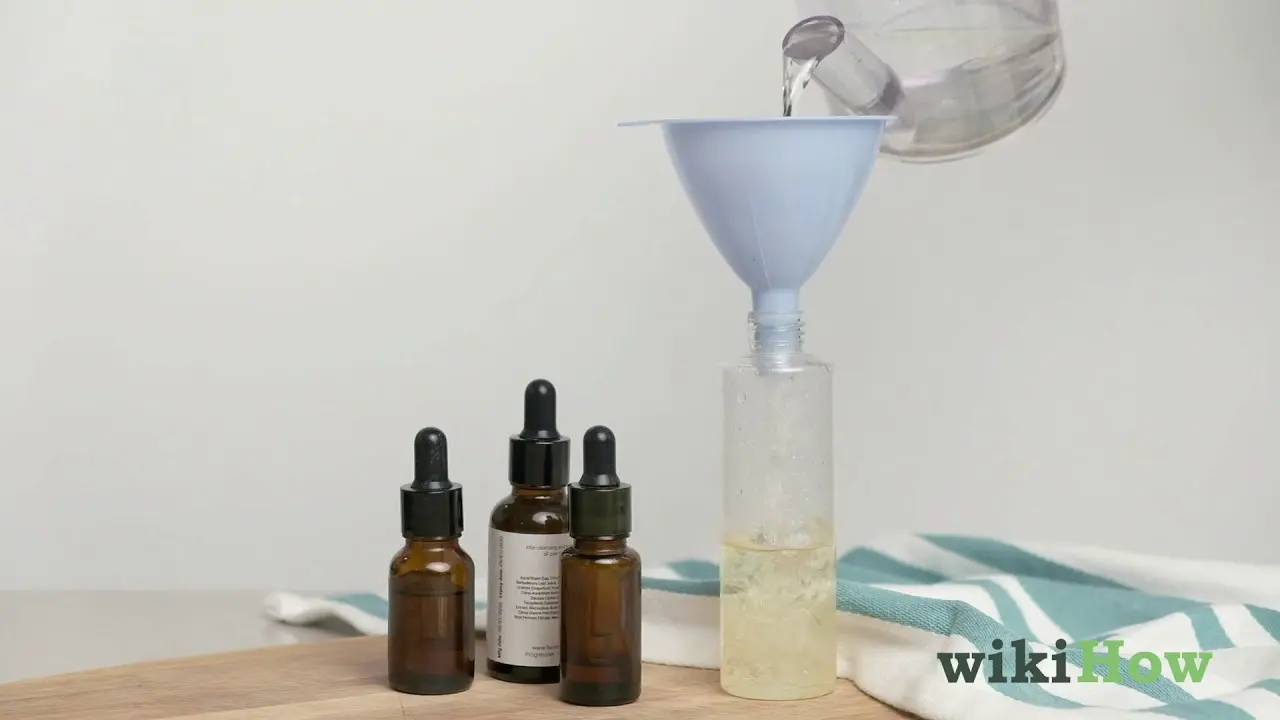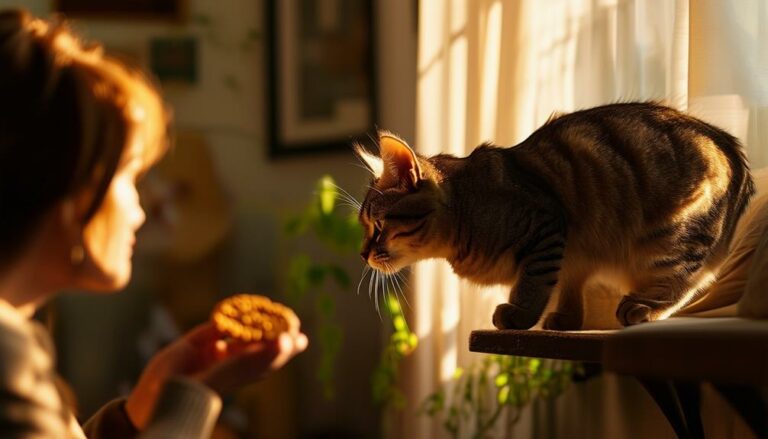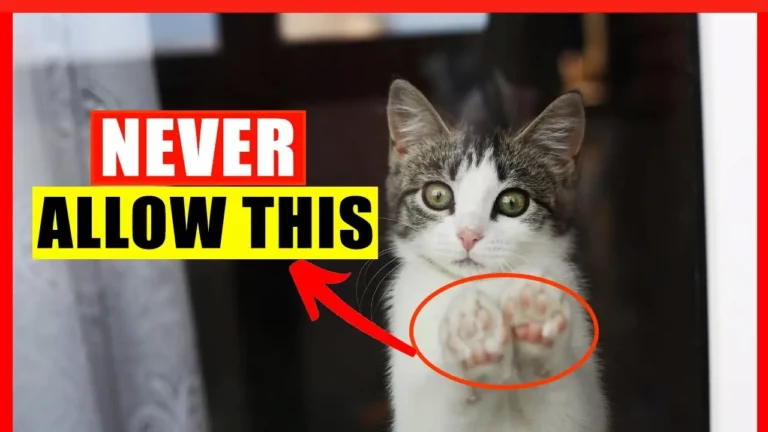How To Use Essential Oils To Keep Cats Off Furniture
If you’re struggling to keep your
You can start by selecting safe oils like eucalyptus or lemon, ensuring they’re properly diluted with water or a carrier oil.
This mixture, when lightly sprayed on furniture surfaces, can deter your
But how do you prepare this solution correctly, and what should you watch for in your cat’s behavior?
Let’s explore the steps to make your home
Understanding Essential Oils
Essential oils are concentrated plant extracts known for their potent aromas and therapeutic properties.
They’re derived from various parts of plants, including leaves, flowers, and roots, by methods like steam distillation or cold pressing.
These oils capture the plant’s scent and beneficial compounds, making them powerful tools for various uses.
When it comes to keeping cats off furniture, understanding the properties of essential oils is important.
Certain oils have scents that cats find unpleasant, which can be used to deter them from scratching or lounging on your favorite couch.
For instance, citrus oils like lemon, orange, and lime are known to repel cats.
Their strong, sharp scents are off-putting to cats, making them ideal for this purpose.
Using essential oils effectively involves knowing which ones are safe and how to apply them properly. It’s important to dilute them with water or a carrier oil before use to avoid any potential harm.
Spraying a diluted mixture on the areas you want to protect can create an invisible barrier that keeps your pet cats at bay.
Choosing Safe Oils
When selecting oils to keep your
Some essential oils can be toxic to cats, so it’s important to choose ones that are both effective and safe.
Eucalyptus, lemon, and orange oils are often recommended because cats generally dislike their strong scents.
However, you should use these oils carefully and in moderation to avoid any adverse effects on your
Always opt for high-quality, pure essential oils.
Cheap, synthetic versions might contain harmful additives that could be dangerous for your
Look for oils labeled as 100% pure, therapeutic grade, and free from any synthetic ingredients.
Before using any essential oil, it’s a good idea to consult with your veterinarian.
They can provide valuable insights and confirm that the oils you plan to use are safe for your
Additionally, consider your
Preparing the Mixture
To prepare the mixture, begin by selecting a clean spray bottle.
Make sure it’s thoroughly washed to avoid any residue that could interfere with the essential oils’ effectiveness.
Next, fill the bottle with distilled water, leaving enough space at the top for the oils and any other ingredients.
Now, it’s time to add your chosen essential oils.
Start with a base of 10-15 drops of your primary oil, such as lavender or eucalyptus, known for their
If you’d like, you can mix in a secondary oil, like citronella or peppermint, to enhance the repellent effect.
Just be cautious not to use more than 20 drops in total, as a strong concentration might be overwhelming.
For added effectiveness, you can include a small amount of white vinegar.
Add about a teaspoon to the mixture, as its strong smell can further deter cats without harming your furniture.
Applying the Solution
With your mixture ready, spray a small amount on a hidden area of your furniture to test for any potential discoloration. Wait for a few hours to confirm the essential oils don’t damage the fabric or finish.
If there’s no discoloration, you can confidently proceed.
Next, spray the solution lightly on the areas of the furniture you want to protect.
Focus on spots where your
The strong scent of essential oils like lavender, citrus, or eucalyptus will help deter your
For wooden furniture, it’s better to spray the solution on a cloth and then wipe the surfaces.
This method prevents any possible damage to the wood finish. Remember to reapply the solution every few days, as the scent will fade over time.
You can also use the solution on other areas where you don’t want your
Just make sure the surfaces are safe for spraying. With consistent application, your
Monitoring and Adjusting
Now that you’ve applied the solution, keep an eye on your
Observe if your
Watch for any signs of hesitation or discomfort when they approach the treated areas. This will help you determine if the essential oils are working as intended.
If you notice that your
Sometimes, a stronger scent is needed to be more effective. Don’t overdo it, though; you want to deter your
Pay attention to any adverse reactions, like sneezing or excessive grooming, which might indicate that the oils are too strong.
If this happens, dilute the oil solution with more water. It’s important to find the right balance that keeps your
Regularly monitor your
Conclusion
By using essential oils like eucalyptus or lemon, you can keep your
Always monitor your






